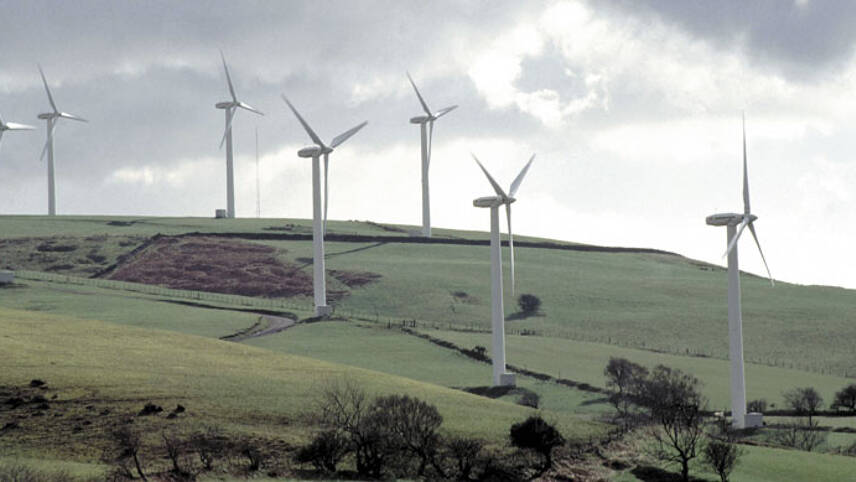Member only content free until 26/05/2024
To continue reading this article and enjoying free access to all Utility Week’s content up to the 26/05/2024 Register today!
Ready to become a member?

Without government support through subsidy free Contracts for Difference (CfDs), the next three to five years will be “pretty bleak” for onshore wind and solar, according to the editor of EY’s Renewable Energy Country Attractiveness Index Klair White.
Speaking at Scottish Renewables’ annual conference White said: “The irony is after years of scrutinising renewable subsidies, given the combination of the CfDs and the capacity market, onshore wind and solar are perhaps the only two forms of energy that aren’t receiving subsidies of some sort.”
Last year the government announced the early closures of the Renewables Obligation scheme for onshore wind and solar, and energy secretary Amber Rudd has indicated that she wants to phase out subsidies for the technologies.
Both are included in the established technologies pot for the CfDs auction. The government has committed to hold three auctions during the current Parliament, with the first being held before the end of this year for less established technologies. It is not yet clear whether either of the other two auctions will be for established technologies, or when they will take place.
White said the government needs to “stop cherry picking technologies” and allow them to compete on a “level playing field”. She said where technologies are competing with the support of subsidies, “it needs to be on a like for like basis”.
She told Utility Week investors were nervous about investing in onshore wind and solar without the guaranteed price provided by CfDs: “There’s still so much policy volatility around the other technologies that it’s very difficult to assess the relative attractiveness of wind and solar.
“Institutional investors, and infrastructure funds in particular, they really need that security of a long term agreement.”
She said a subsidy free CfD, with a strike price at the current wholesale price, would provide investors with the security they were looking for, adding: “The three to five year outlook is pretty bleak if something doesn’t happen.”
Last month EY said 2016 would be a “make or break” year for renewables in Britain in its quarterly Renewable Energy Country Attractiveness Index.




Please login or Register to leave a comment.